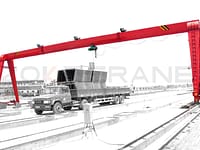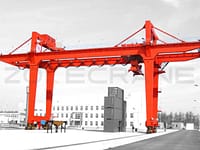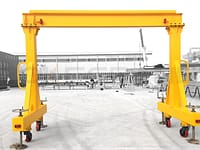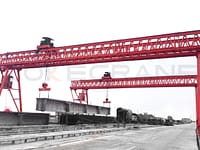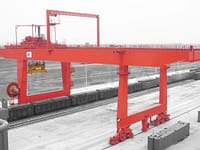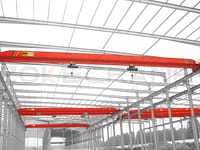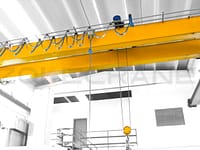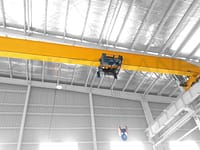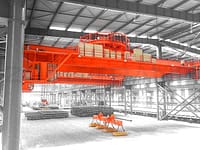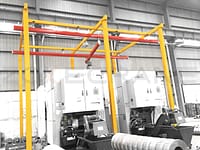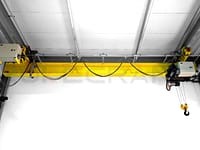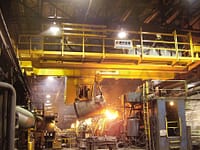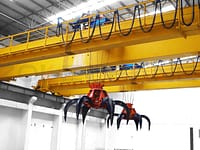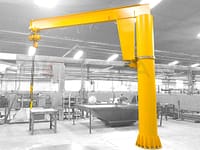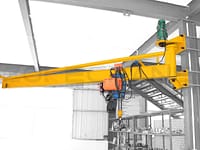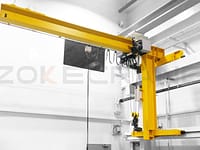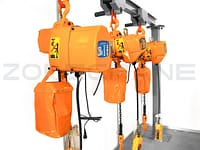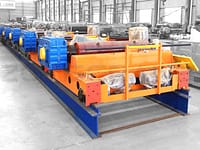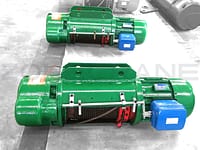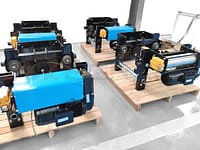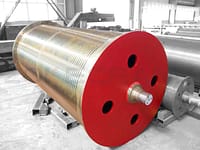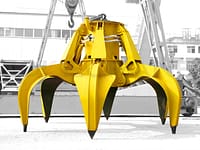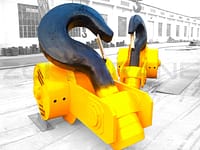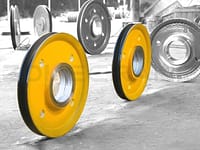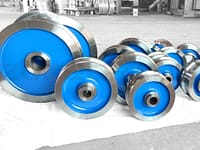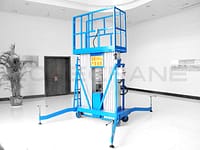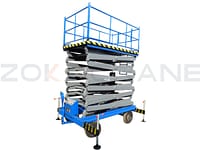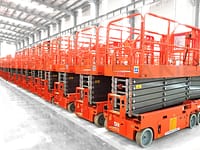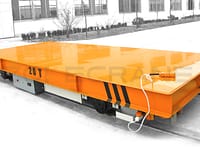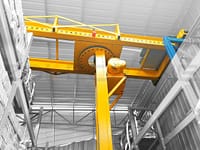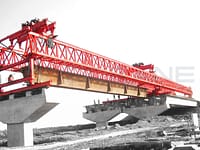
Class C and Class D cranes are two distinct classifications under the CMAA (Crane Manufacturers Association of America) system. These classifications indicate the intended usage, load handling capacity, and performance capabilities of the cranes. Understanding the differences between Class C and Class D cranes is crucial for selecting the appropriate crane for specific applications. Let's delve into the details of each classification:
Duty Cycle
Class C Cranes:
- Designed for moderate service applications with regular usage.
- Have a duty cycle of up to 50% of their rated load.
- Suitable for applications that require consistent but not continuous operation.
Class D Cranes:
- Specifically designed for heavy service applications with constant usage.
- Have a higher duty cycle of up to 65% of their rated load.
- Capable of continuous operation under heavy load conditions.
Load Handling Capacity
Class C Cranes:
- Capable of handling medium-duty loads.
- Designed to safely lift and transport loads within 50% of their rated capacity.
- Suitable for applications with moderate load requirements.
Class D Cranes:
- Designed for heavy-duty applications with higher load capacities.
- Built to safely handle loads within 65% of their rated capacity.
- Ideal for applications that involve the handling of substantial or heavy loads.
Structural Design
Class C Cranes:
- Constructed with a robust structure suitable for moderate service applications.
- Designed to provide stability and safety during operation.
- Typically feature sturdy components and materials that can withstand moderate loads.
Class D Cranes:
- Engineered with a more robust structure to withstand heavy-duty applications.
- Built with heavier components, stronger materials, and reinforced structural elements.
- Designed to handle higher loads, ensuring enhanced stability, and structural integrity.
Usage Environment
Class C Cranes:
- Suitable for general industrial environments with moderate operational demands.
- Often used in indoor settings such as machine shops, fabrication facilities, or warehouses.
- Designed to meet the load handling needs of various industries.
Class D Cranes:
- Specifically built to withstand demanding and challenging environments.
- Commonly found in heavy manufacturing facilities, steel mills, or other rugged industrial settings.
- Ideal for applications that involve rigorous and heavy-load operations.
By understanding the differences between Class C and Class D cranes, you can make informed decisions when selecting a crane for your specific requirements. Consider factors such as duty cycle, load handling capacity, structural design, and usage environment to ensure optimal performance, safety, and efficiency in your crane operations.
